It’s not just you. Millions of people worldwide are curious about their family history and heritage. They’re not just relying on old photo albums or family stories. They’re turning to some of the best DNA tests available. As of 2019, over 26 million people had already taken ancestry DNA tests. (1) The idea of learning about distant relatives, potential family secrets, or finding out your great-grandfather was actually from a completely different continent is pretty intriguing.
So, what’s an ancestry DNA test? These tests use your DNA to learn about your family history. (2) Your DNA is organized into structures called chromosomes and contains instructions for how you grow and function. Generally, a person inherits 23 chromosomes from each parent, totaling 46. (3) Most chromosomes (44) are called autosomes, holding most of your unique genetic information. The remaining two are X and Y chromosomes, also known as sex chromosomes. (4)
“In the center (ie the nucleus) of every cell in every living being lies the essence of who we are—our genetic makeup,” said Dr. Aneesha Dhargalkar. “The blueprint of this makeup is our DNA. Each of our 46 chromosomes contains a tightly bound strand of DNA surrounded by various proteins. This genetic blueprint is unique to every individual and is what determines our traits and characteristics. By comparing your DNA to that of multiple living and deceased individuals, ancestry and family history can easily be determined.”
Some genetic DNA tests focus on the Y chromosome, passed down from father to son, while others analyze mitochondrial DNA (mtDNA), which tracks your maternal side. (2) Those that test autosomal DNA look at most of your chromosomes inherited from both parents. (2) Genetic DNA tests may show where your ancestors came from and how you connect to other families. People with similar backgrounds often share DNA patterns, so the more related you are to someone, the more your DNA will match.
AncestryDNA is one such popular test offered by the company Ancestry.com. It focuses on autosomal DNA to help you learn about your family’s origins. It’s what’s called a direct-to-consumer (DTC) test, which means you can order it yourself without needing a healthcare professional’s order. We put AncestryDNA to the test to see if it delivers on its promises.
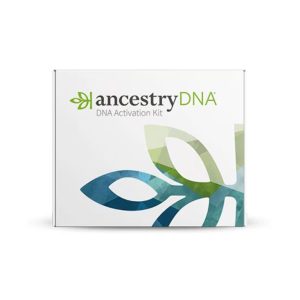

Key product features
What you should know
With AncestryDNA, you can learn more about your family’s heritage and find possible relatives, all using your DNA. Here’s what makes this DNA test stand out:
- This test analyzes your autosomal DNA—the genetic information you inherit from both parents—and examines about 700,000 genetic markers to piece together your ethnic background. You also have the option to participate in DNA matching, which can connect you with potential relatives who have also taken the test and share similar genetic markers.
- The basic test costs $99, but Ancestry also offers membership options, starting at $24.99 monthly, if you want additional features to learn more about your family history.
- Anyone interested in exploring their family history, including minors 13 years or older (with parental consent), can take the AncestryDNA test. However, the test is not recommended if you have undergone bone marrow or stem cell transplants, as these procedures may affect the accuracy of the results.
- Results are usually available through your online Ancestry account or the Ancestry app about six to eight weeks after submitting your saliva sample. Over time, AncestryDNA may update your results when new technology, data, and algorithms become available.
- AncestryDNA uses advanced security measures to protect your genetic data, and you can control your privacy settings or delete your data at any time.
What is AncestryDNA?
AncestryDNA is a genetic test offered by Ancestry.com, the world’s largest online resource for family history. When you take an AncestryDNA test, you can learn about your ethnic background and connect with relatives you didn’t know you had.
Unlike some DNA tests that only look at either your father’s side (Y-chromosome tests) or your mother’s side (mtDNA tests), AncestryDNA focuses on autosomal DNA, which is the genetic information you inherit from both your mother and father. (5) This way, you can get a complete picture of your family’s ancestry and heritage.
“Testing autosomal DNA allows for a 360-degree view of your ancestry and family background,” said Dr. Dhargalkar. “Ethnicity and genetic-based traits are passed down through either the mother’s or father’s line, but not both. For you to understand your complete DNA blueprint, testing both of your parents’ genetic makeup through autosomal DNA testing is essential.”
The test looks at about 700,000 specific sections in your DNA called genetic markers or single nucleotide polymorphisms (SNPs). (6) These SNPs can give clues about where your ancestors came from.
To make sense of this, the test compares your DNA to a reference panel, which is a large collection of over 71,000 DNA samples from people in 88 different regions around the world. This helps identify patterns in your DNA that match people from certain areas.
Your results include ethnicity estimates that show percentages based on the region(s) your DNA most closely matches. For example, if your DNA shows patterns similar to those found in the reference samples from Scotland or Europe, it might indicate that some of your ancestors came from that area. But, the test does not provide any health information or predictions about diseases.
Specs
| Price | Starts at $99 |
| Health testing | No |
| Sample type | Saliva |
| Results time | 6 to 8 weeks |
| Results availability | Online or app |
| Trial period | Two weeks |
How does AncestryDNA work?
You can buy the AncestryDNA test kit by itself on Ancestry.com or choose a bundle that includes both the test kit and a membership. The kit is also available on Amazon. Pick what works best for you, but the bundle often saves you money compared to buying the kit and membership separately. You’ll also have to create an account on Ancestry.com.
If you choose the membership option, be sure to mark the renewal date on your calendar. If you don’t want the membership to auto-renew, you must cancel at least two days beforehand. It’s easy to forget, so setting a reminder is smart.
After your purchase, you’ll have immediate access to Ancestry’s extensive collection of historical records. This is the chance for the genealogist in you to start working on your family tree maker, which comes with your membership. Linking your family tree with your DNA results later can really help connect the dots of your ancestry.
Next, your DNA collection kit will arrive in the mail. Inside, you’ll find a saliva collection tube, a return mailer, and instructions.
Here’s how to take the AncestryDNA test:
- Activate your kit: Before doing anything else, activate your kit online using the unique code provided. This links your sample to your Ancestry account.
- Prepare for collection: Brush your teeth or use mouthwash. Avoid eating, drinking, smoking, or chewing gum or tobacco for 30 minutes after brushing and before providing your saliva sample.
- Collect your sample: Fill the tube containing the funnel with saliva to the black wavy line. Struggling to produce enough saliva? Check out the instruction booklet for tips.
- Add the stabilizing fluid: Replace the funnel cap with the cap that contains the blue stabilizing liquid, and screw it on tightly to release the liquid inside the tube.
- Mix it up: Once the blue liquid is in the saliva chamber, shake the tube for about five seconds to mix your sample with the blue stabilizing fluid. This ensures your DNA stays preserved during shipping.
- Mail it back: Simply place the tube in the provided collection bag, seal it, and get it ready for return. If you’re in the U.S., your AncestryDNA kit includes a prepaid shipping box. Just pop your sample in and send it off. If you’re outside the U.S., you’ll need to print a prepaid shipping label and select a shipping service to return your sample.
- Check your email: You’ll get a series of email notifications from AncestryDNA, starting with confirmation when your sample is received. They’ll then update you when they begin extracting your DNA and, finally, when your results are ready. You can also track the progress online at any time. It usually takes about six to eight weeks for your results to come in.
What does AncestryDNA tell you?
Your AncestryDNA results give ethnicity estimates, which give you a glimpse into your ancestral origins based on your DNA. AncestryDNA compares your DNA to samples from people around the world to determine what percentage of your genetic makeup matches different regions.
“AncestryDNA provides accurate and precise data on ethnicity and ancestral origin through its DNA testing,” says Dr. Dharaglkar. “It can do this because of its large database of existing DNA makeups. As of 2023, AncestryDNA had over 80 regions represented in their reference panel that is used as a base of comparison when analyzing your DNA. This company tests its methods by predicting the ethnicity estimate of people with a known ethnicity—ie, how well it works on people from the reference panel, who should theoretically come back with 100% of a certain ethnicity. This testing helps ensure the accuracy of your ethnicity result.”
For example, if 30% of your DNA looks most like the Irish reference group and 25% matches the German group, your results might read “30% Irish and 25% German”. But these aren’t exact figures. So, you might see a range like “Ireland: 25-35%”. This means that while your Irish ancestry is certain, the exact percentage varies, although 30% is the most likely percentage. This gives you a clear view of where your ancestors likely came from and how confident the estimate is.
Who is AncestryDNA recommended for?
Maybe you’ve always been told your family is from England, but you wonder if there’s more to the story. Or perhaps you’re curious about your ancestors’ lives and your family’s origins. The AncestryDNA test can help answer those questions. The best part is it doesn’t matter if you’re just starting to explore your roots or you’ve been doing genealogy research for years: This test can help you find missing puzzle pieces.
For people who are adopted or have limited information about their family origins, AncestryDNA can be especially valuable. The test can connect you with living relatives in the AncestryDNA database who share your DNA. If you opt for DNA Matches, your closest matches—meaning those with a large percentage of shared DNA—could potentially be part of your birth family. The service can even organize your DNA matches by which parent they likely relate to and show which of your ethnicity regions are linked to each parent. This can be incredibly helpful in piecing together your biological family tree.
One of the cool things about AncestryDNA is that it keeps working for you even after you get your initial results. As more people take the test, you might get new DNA matches. Plus, Ancestry regularly updates its technology and reference panels, which could refine your ethnicity estimates over time.
Who is AncestryDNA not recommended for?
AncestryDNA can start a fascinating journey, but it may not be the right fit for everyone. If you’ve had a bone marrow or stem cell transplant, it’s best to skip this test. These procedures add donor DNA to your body, which can interfere with the accuracy of your results.
In addition, AncestryDNA is not meant to be used as a substitute for medical or prenatal genetic testing, as it does not provide diagnostic information. Suppose you’re looking for health-related genetic information. In that case, your best bet is to talk to a genetic counselor or other qualified healthcare professional who can help you find the right test. (7)
Age is another factor to consider. If you’re under 13, this test is not available to you. And if you’re between 13 and 17, you’ll need a parent or guardian’s permission to take the test.
Lastly, it may also not be for you if you are seriously concerned about your privacy. (8) While AncestryDNA takes steps to protect your data, no system is entirely foolproof. There’s always a small risk that genetic databases could be hacked, or your information could be shared without your knowledge.
How much does AncestryDNA cost?
For $99, you can get an AncestryDNA test kit. This includes everything you need to take the test and a unique code to access your results. It’s a great starting point for exploring your genetic heritage.
If you want to take a deep dive into your family history, consider Ancestry’s bundle options. They often run special deals that combine the AncestryDNA kit with subscriptions. With the bundle, you might snag the DNA kit with a three-month World Explorer membership for just $100 ($1 more than buying the kit alone). Or you could pair the DNA kit with a three-month All Access membership for $199. These combo deals renew every three months and can be great choices with significant savings if you already know you want a membership.
Already bought the AncestryDNA test kit but want to add a membership? No problem. You can choose from three separate monthly subscription tiers:
- U.S. Discovery ($24.99/month or $21.99/month if you sign up for six months): This includes access to billions of U.S. records—birth, marriage, death certificates, and more—including those from Puerto Rico and the U.S. Virgin Islands. You’ll also have access to photo tools, such as tagging, sharpening, and scanning. Plus, you can connect with the Ancestry community of about 25 million people, build and share your family tree, and check out DNA features like ethnicity inheritance.
- World Explorer ($39.99/month or $32.99/month if you sign up for six months): You get everything in U.S. Discovery plus access to international records from over 80 countries, including international birth, marriage, and death records.
- All Access ($59.99/month or $49.99/month if you sign up for six months): This top-tier membership includes everything in World Explorer, plus access to military records through Fold3®, newspaper archives via Newspapers.com™, and the ability to add up to four family members to your account.
You can try these subscription options out for two weeks, which begins the moment you sign up. During this time, you’ll have full access to all features. If you decide not to continue, make sure to cancel before the trial ends to avoid charges.
And if those don’t satisfy your curiosity, Ancestry has you covered. For around $10 a month, you can add Ancestry Pro Tools to your membership. This upgrade gives you access to advanced tools, such as the “Tree Checker” to help you spot possible duplicate entries and mistakes in your family tree, the “Tree Mapper” to see where your ancestors lived in relation to each other, and the “Tree Insights” to find family patterns and trends across generations. All of these can help fine-tune your family tree and make it even more accurate.
Can I keep my AncestryDNA information private?
Ancestry knows privacy is a major concern for many users. They use encryption to secure your personal information and DNA results. You control what happens to your information; you can download it, delete it, or even have your physical DNA sample destroyed. You also decide how much to share, whether to make your family tree private or public, and opt in or out of DNA Matches.
What are the risks of sharing your DNA with AncestryDNA?
AncestryDNA can give you fascinating details about your family history, but just like with any personal data, there are some risks to consider: (9)
- Privacy concerns: When you share your DNA, it becomes part of a database that third parties could potentially access. Although companies like Ancestry have privacy policies, the use of your genetic data could change with future laws or company policies. Also, as genetic research advances, your DNA data could be used in ways we can’t predict today.
- Unexpected discoveries: DNA testing can reveal surprising information about your family. You might learn that your family history isn’t what you thought. While this can be exciting, it might also cause emotional distress or confusion about your identity. (10) For people who are adopted or conceived through sperm or egg donation, the results can raise sensitive questions.
- Law enforcement access: Although AncestryDNA says they don’t voluntarily share data with law enforcement, a court order could force them to. The practice of investigative genetic genealogy (IGG) has been used to solve crimes, which some view positively, while others see it as a privacy concern. (11)
- Genetic discrimination: The Genetic Information Nondiscrimination Act (GINA) protects against genetic discrimination in health insurance and employment in the U.S., but it doesn’t cover life, disability, or long-term care insurance. (12) Besides, not all countries have laws that protect against genetic discrimination. (13) AncestryDNA does not provide health-related information, but there’s a chance that your genetic data could affect eligibility or rates for certain types of insurance.
Before sharing your DNA, think about the risks and benefits. Make sure to read the company’s privacy policy and terms of service so you know how your data will be used and shared.
Our experience with AncestryDNA
When we first looked into AncestryDNA, the different membership and bundle options left us a bit confused. Luckily, their customer service team came through. We called 1-800-401-3193 and got help within minutes. Their support team is available daily from 9 am to 11 pm ET, which is pretty convenient.
While setting up our kit, we noticed the option to join the Ancestry Human Diversity Project. It’s a research project that uses DNA data to study population history and health. It sounds intriguing, but make sure you carefully read the consent form before deciding, as it involves sharing your DNA data, health details, family tree information, and other personal information with a third party.
In hindsight, we regret not adding the Traits feature for an extra $20. Who wouldn’t want to know how their DNA might shape their personality or performance traits beyond what we already know? It’s something to consider if you’re on the fence about it.
We did notice that AncestryDNA’s database seems to have more information on some parts of the world than others. For example, the data for regions like Asia and Oceania seemed less detailed compared to America or Africa. This is likely due to sample size, but it might affect your results if your heritage is from these less comprehensive areas.
On the practical side, AncestryDNA offers a flexible refund policy. You can return your kit within 60 days for a refund, minus a $15 processing fee. For paid subscriptions, cancellation fees apply, but you also have the option to downgrade your membership if you decide your Ancestry subscription is too much. And for the impatient types, AncestryDNA offers priority processing for an additional $8.99, which allows you to jump the queue and get your results in four to six weeks instead.
Compare Ancestry
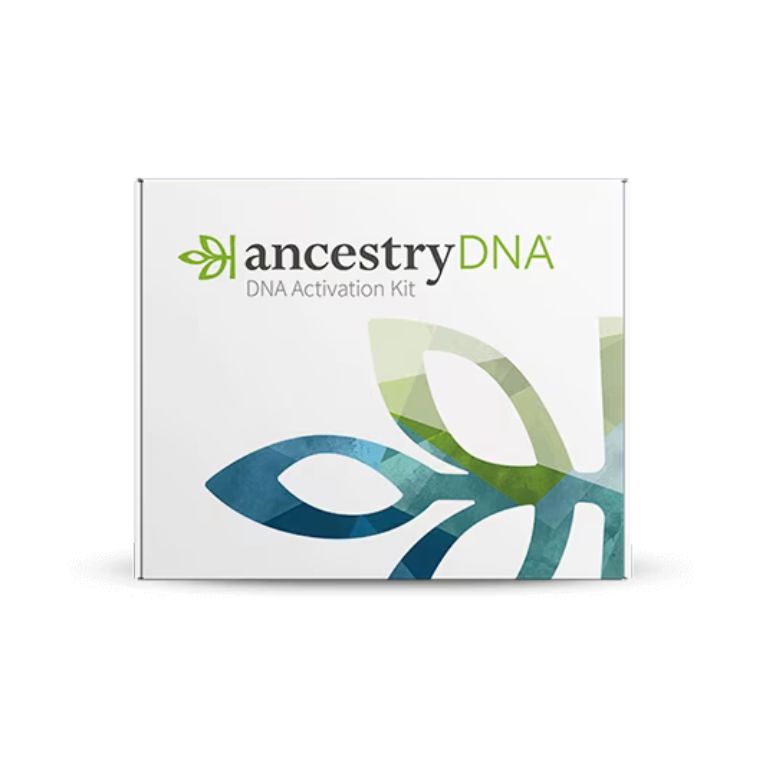
|
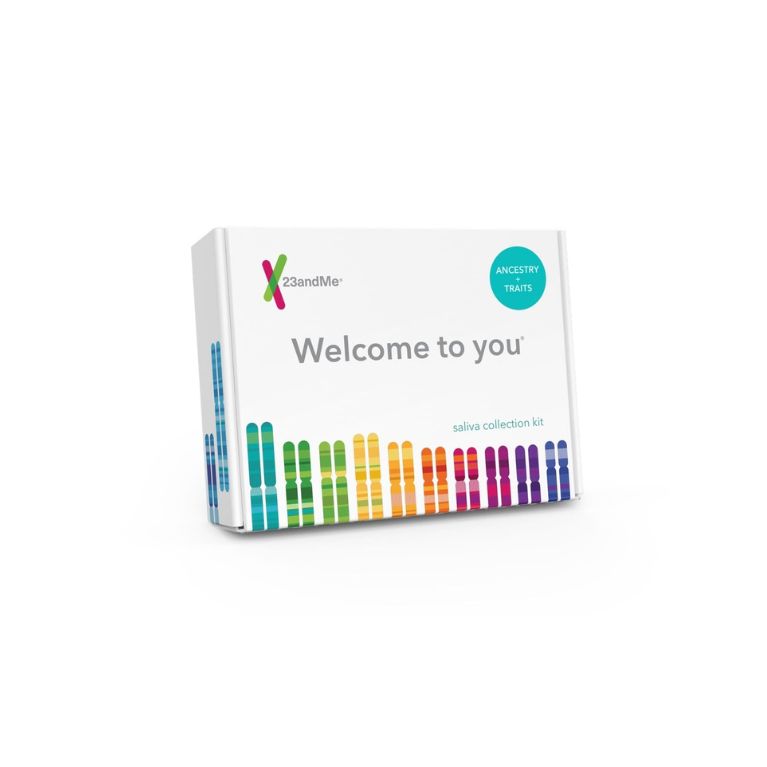
|
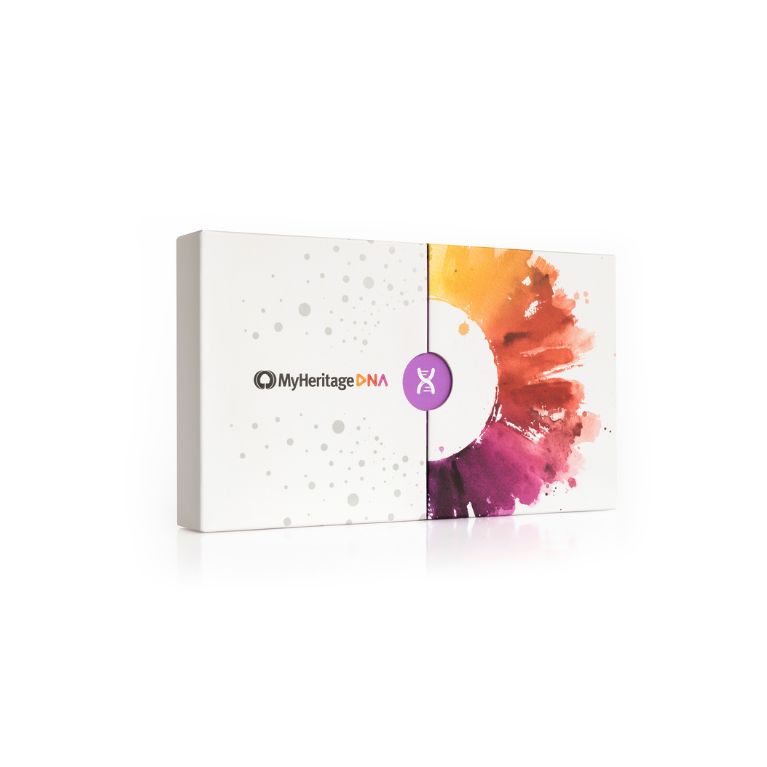
|
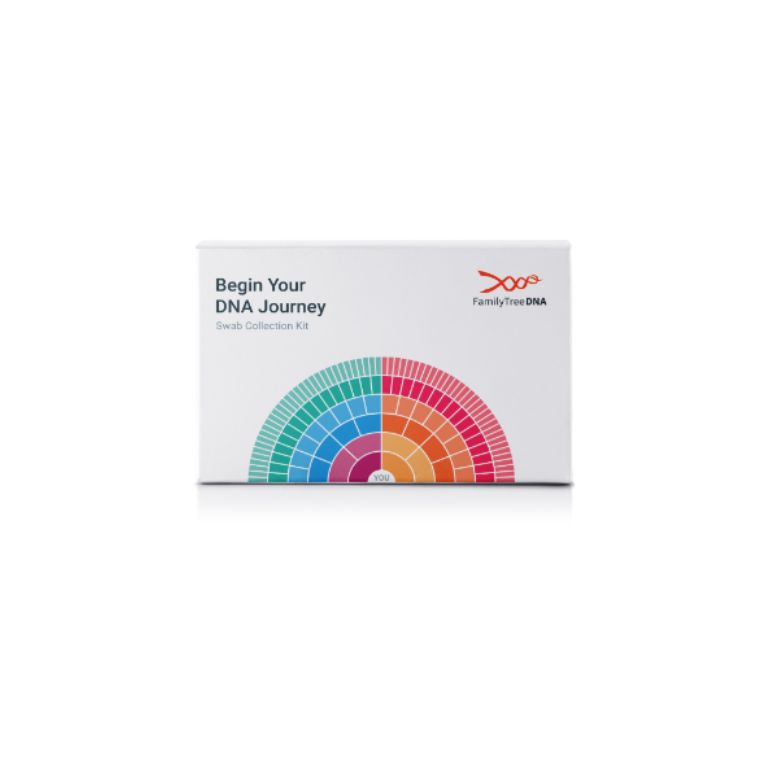
|
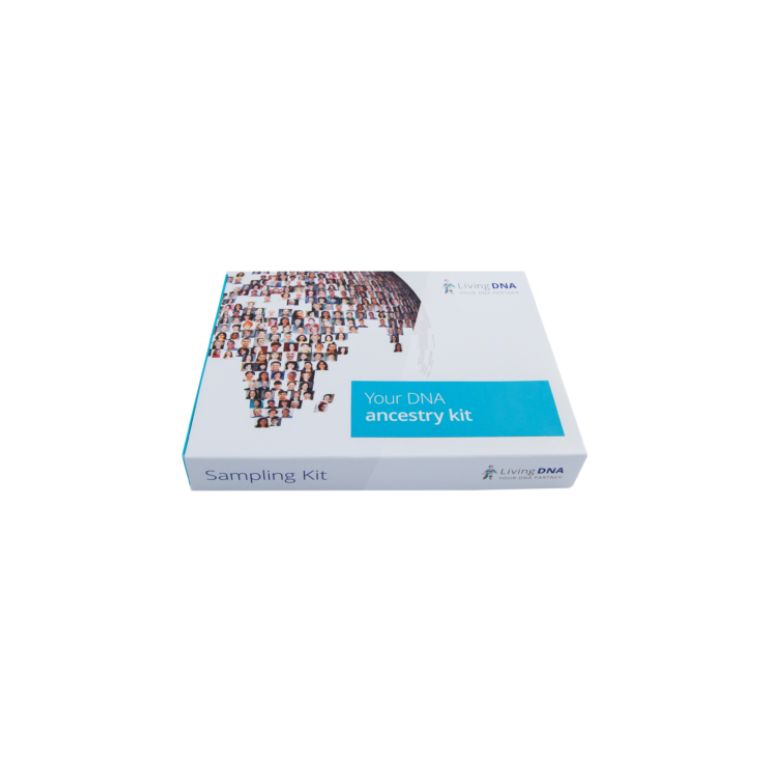
|
|
| Ancestry | 23andMe | MyHeritage | Family Tree DNA | Living DNA | |
| Rating | |||||
| Price | $99-$199 | $119-$999 | $89 | $79-$449 | $124-$225 |
| Wait time | 6-8 weeks | 4-6 weeks | 4 weeks | 2-8 weeks | 6-8 weeks |
| Collection method | Saliva | Saliva | Cheek swab | Cheek swab | Cheek swab or blood |
Our at-home testing methodology
We reviewed AncestryDNA based on important factors for users. We looked at the kit’s cost, how quickly you get results, and how easy it is to use. We also checked the size of its DNA database to find matches and how detailed its ethnicity estimates are. We assessed how user-friendly its platform is and how well it connects DNA results with building family trees. Privacy policies and data security were reviewed, and we considered the value of their subscription options. Our goal is to give you a clear, balanced review to help you decide if AncestryDNA is a good fit for you. You can see our full at-home testing methodology here.
Accuracy and reliability—40%
Accurate test results are the most important element of at-home testing kits, as they form the basis for the user’s health decisions. Whether you’re exploring your genetic background, tracking fertility cycles, or identifying food sensitivities, the integrity of the data provided by these tests is crucial. Reliable results help users confidently make informed decisions for personal health management or discussions with their healthcare provider.
Here’s what we look for:
- Measurement precision
- Consistency
- Environmental influence
- Sample integrity
- Lab standards
Ease of use and accessibility—30%
The ease of use and accessibility of at-home testing kits determine how effectively individuals can utilize these products. A testing kit may offer the most advanced technology and accurate results, but its benefits are significantly diminished if it’s not user-friendly. Ensuring that these kits are accessible and easy to use empowers a broad range of users, including those who may not have prior experience with medical testing or technology. This enhances the likelihood of correct usage, accurate sample collection, and reliable results, ultimately improving the overall experience and satisfaction. We evaluate:
- Instruction clarity
- Sample collection process
- Online platform usability
- Support resources
- Accessibility features
Value—20%
Evaluating the value of at-home testing kits is critical, encompassing the initial purchase price, long-term financial implications, and overall cost-effectiveness. A high-value kit delivers reliable results without imposing excessive costs over time, so users can receive meaningful health benefits for their investment.
We evaluate:
- Cost of the kit
- Insurance coverage
- Long-term cost analysis
- Warranty
Customer experience—10%
A positive customer experience helps users feel supported, informed, and satisfied at every stage of their interaction with the kit. This category considers multiple touchpoints, including customer service, delivery and packaging, user feedback, and return policies. By prioritizing customer experience, we aim to recommend products that not only meet technical and performance standards but also provide a seamless and supportive user experience.
Our factors in this rating include:
- Customer service
- Delivery and packaging
- User feedback and reviews
- Return policy
FAQs
Is Ancestry.com really worth it?
Whether Ancestry.com is worth it depends on what you want to find out. If you’re curious about researching historical records on your family history, finding distant relatives, or learning about your genetic background, Ancestry.com could be a great tool. Its large database of records and DNA samples can help you build your family history in ways you might not be able to with other resources.
How accurate is AncestryDNA?
The accuracy of a DNA test depends on the size and diversity of the pool of people who had previously been tested. (14) Based on its extensive database of over 25 million people, AncestryDNA is one of the largest in the industry, which can improve its accuracy for many populations. Still, ethnicity estimates are just that—estimates—and can change over time as the database grows, algorithms change, and technology improves.
Does Ancestry.com offer health information?
No, Ancestry.com no longer provides health-related genetic testing or health information. Its test is only for ancestry and finding potential relatives. For health-related genetic info, you’ll need a different testing service.
Our experts
Aneesha Dhargalkar, MD
Dr. Aneesha Dhargalkar is a freelance medical writer and board-certified emergency medicine physician currently practicing in West Chester, PA. She graduated cum laude from John Hopkins University in 2002 and from Jefferson Medical College in 2006. Dr. Dhargalkar is the director of her hospital’s wellness provider program and sits on the executive board of both the Chester County Suicide Prevention Task Force and the Unionville Chadds Ford School District Education Foundation.
Heather Morsellino
Heather Morsellino is a fact-checker and healthcare writer with over four years of experience working in healthcare. She has worked as a pharmacy technician, emergency room medical scribe, an anesthesia technician, and is finishing up her ADN within the next year.

Maggie Aime, MSN, RN
Fortune Recommends Longevity Writer
About Author
Maggie Aime, MSN, RN, is a health, wellness, and medical personal finance writer. With over 25 years of experience in healthcare, she draws on her rich background in nursing, case management, revenue management, medical coding, and utilization review nurse consultant to create educational and empowering content.
Maggie is passionate about teaching people about disease prevention, healthy living, and how to navigate the U.S. healthcare system. She is actively involved in professional nursing and journalism organizations, and founded The Write RN to share her knowledge and expertise.
When she’s not writing her next article, Maggie is likely savoring sunrise views at the beach, immersed in DIY projects, or playing the piano.
